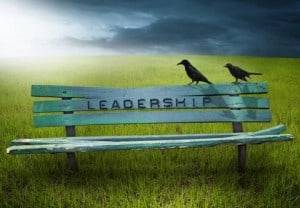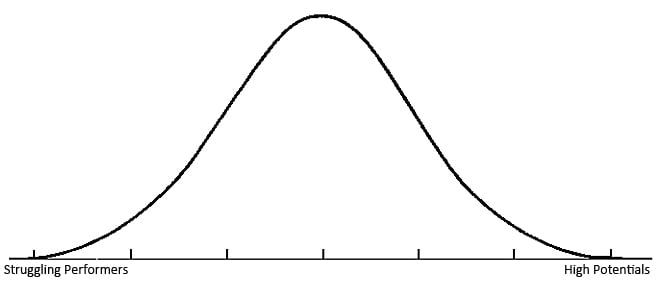Just as many organizations begin to feel that they’re stabilizing after a long period of economic uncertainty, they may find themselves facing a new and unexpected challenge: deficient management bench strength.
 According to the American Management Association’s study of nearly 1,000 companies, just 28% of respondents believe that their organizations have sufficient leadership depth. Nearly three-quarters experience uneven or inadequate bench strength. And 18% have serious management gaps.
According to the American Management Association’s study of nearly 1,000 companies, just 28% of respondents believe that their organizations have sufficient leadership depth. Nearly three-quarters experience uneven or inadequate bench strength. And 18% have serious management gaps.
The past several years of belt-tightening and focusing narrowly on ‘getting the work out the door’ while cutting training budgets and deferring development has taken a toll. Now is the time to reverse that trend and begin to rebuild the bench by deliberately developing each and every employee.
Remember the Bell Curve?
Most organizations would distribute their workforce according to the classic bell curve. There’s a certain (hopefully small) percentage of struggling employees on one end and a certain portion on the other end dedicated to high performers and high potential employees. The middle represents those solid day-in and day-out contributors who meet expectations.
Building bench strength requires addressing struggling performers. Leaders must develop constructive improvement plans that are consistent with the organization’s requirements and based upon doable actions that will return performance to acceptable levels. When successful, these employees can reestablish themselves and their contributions. When unsuccessful, they can be counseled out of the organization, making room for others more likely to help grow the leadership bench.
Building bench strength also requires supporting high performers and high potentials. Putting these individuals on the fast track with coaching and a specialized curriculum accelerates their readiness and enables their movement into key roles.
Most organizations have systems and programs to support these two groups on the two ends of the bell curve.
Wring out the Bell
But, where many organizations fall short is with the big bulb of the bell – the solid ‘meets expectations’ employees in the middle. This represents a frequently un- (or under-) tapped development audience. Within that massive middle are potential rock stars who, with some development attention, could be part of a solid management bench.
Best in class organizations don’t ignore the middle of the bell. In fact, they consciously invest in this population, ensuring that each employee has the ability to learn, develop, and grow. And they do this – not through elaborate systems and processes – but rather through conversation.
Human being-to-human being conversations build bench strength as leaders sit down with employees to:
- Assess strengths, talents, and abilities.
- Explore interests, passions, and visions for the future within the context of the needs of the organization.
- Identify what’s missing or what employees must do to move from A to B.
- Jointly develop a self-directed plan to build one new capacity.
This simple, straight-forward process accomplishes several things. It establishes the expectation that employees own their development… which is the only sustainable way to develop the massive middle of the organization. It builds confidence and momentum while testing the true interest and commitment of the employee. Finally, it distinguishes and identifies a pool of the most motivated individuals in which to invest greater development resources.
Development conversations that follow these four steps help you ‘wring’ out your bell, moving more employees up the performance/capability curve. In the process, you’ll build the management bench strength required to meet today’s challenges – and tomorrow’s as well.
What about you? Which parts of the bell get the most attention in your organization? What are you doing to develop your management bench?
Image: www.dreamstime.com and Liz Price



At the City of Livingston, we have incorporated ‘Build the Bench’ into all our our Leadership and HR strategies for the last seven years. This article is a great summary of all the things we’ve talked about in that time. Excellent
Good for you guys! I hope the strategy is working out well. Thanks so much for your comment… look forward to hearing more from you!